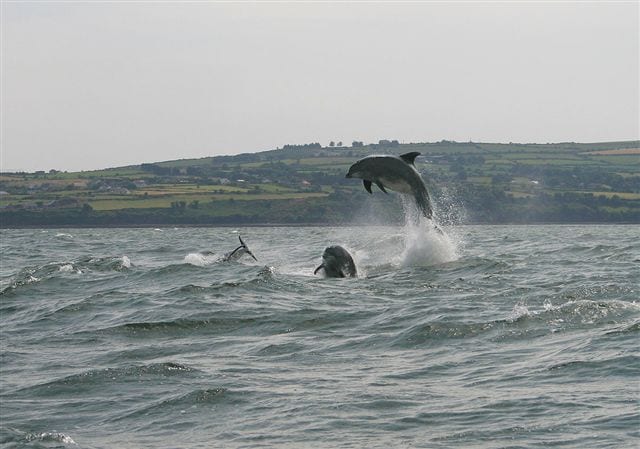The IWDG welcomes the Department of Housing, Local Government and Heritage report on Expanding Ireland’s Marine Protected Area Network. Public consultation is now open and the IWDG are encouraging all those interested in advancing this critical policy decision to get informed and contribute to the process.
Currently, there is no definition of Marine Protected Areas (MPA) in Irish law. We wish to see Ireland achieve their international commitments and legal obligations, and create a truly ecologically coherent network of well-managed and well resourced MPAs, that is representative and connected. In that case, it must be defined and underpinned by the appropriate legislation.
Current marine protected areas cover only 7.43% of the world’s oceans. Ireland has committed to protecting 10% of its maritime areas by 2020 under the Convention on Biological Diversity and a further target of 30% by 2030. At present, Ireland’s Marine Protected Area (MPA) coverage is at a mere 2.13%.
Under the EU Habitats Directive, SACs (Special Areas of Conservation) are designated for the protection of cetaceans in Ireland. There are five to date; 3 with harbour porpoise as qualifying interests (Roaringwater Bay and Islands, Blasket Islands and Rockabill to Dalkey Islands) and two with bottlenose dolphins as qualifying interests (Lower River Shannon and West Connaught Coast).
Critical habitat for cetaceans includes important life process such as feeding, breeding and raising young, and also geographically based conditions such as seasonal concentrations, migration, site fidelity or residency. Protection of core habitats represents a more meaningful starting point than protecting a marginal subset of their range, thus avoiding protecting marginal habitats, which could unintentionally move human activities into core habitats.
On behalf of the IWDG, Hannah Keogh was contracted to identify cetacean density hot spots’ in Ireland’s EEZ and especially along the coast (within the 12NM limit).
She says, “these ‘hot spots’ can be used to highlight potential critical habitats, alongside further continuous research and expert opinions, where stricter protection for marine mammals should be implemented.” These maps attempt to visualise concentrations of cetaceans over a period from 2005-2018. A number of datasets, such as IWDG’s public sightings database, ObSERVE, SCANS II, and CODA data, were utilised, amounting to a whopping 25,353 sightings! Sightings were overlaid with potential conflicts to cetacean species conservation, e.g., fishing, shipping, coastal and offshore development.
You can find these maps and IWDG recommendations for potential MPA sites to be designated for marine mammals here.
IWDG encourage everyone to take part and have their say in the public consultation process! For more information and the full report developed by the expert advisory group, click here.
By Sibéal Regan, IWDG Education and Outreach Officer



